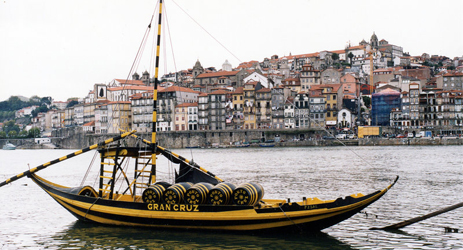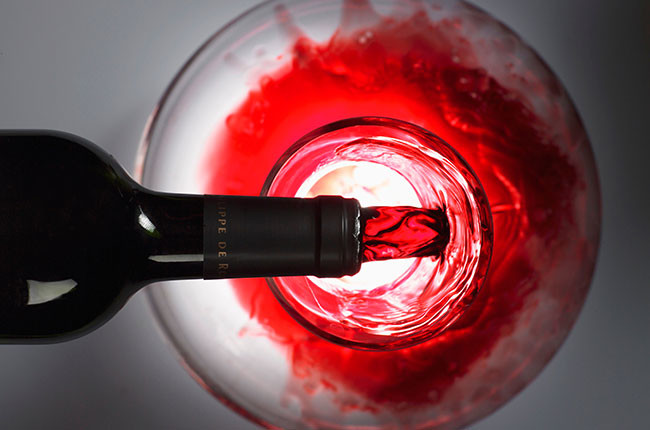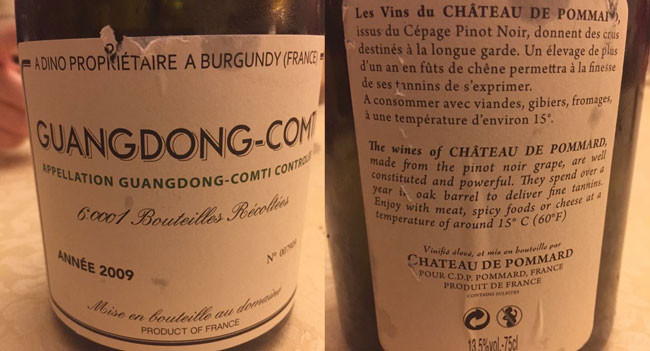In the previous Tips of the Day we talked about the typical Spanish fortified wine, Sherry. Today let’s look at another famous style of fortified wine – Port.

Image: Rabelo Douro en–Porto by ©Thomas Istvan Seibel
and adapt under Creative Commons BY-SA 3.0 Unported license
Like Sherry, Port is made by adding alcohol to white and red wine musts. What makes Port different is that high-strength alcohol is added in the middle of the fermentation process, killing the yeast while there is still a certain amount of residual sugar left in the must. Therefore most Ports are sweet, with high alcohol levels.
The Douro is the heartland of Port. In order to control the quality of Port produced, vineyards are subject to strict classifications, regulating factors such as yield, altitude and soil composition.
Over 80 grape varieties can be used to make Port, including red varieties Touriga Nacional, Tinta Barroca, Touriga Franca, Tinta Roriz (or Tempranillo in Spain) and Tinto Cão. However, as Port is normally blended, characters of individual grape varieties are difficult to identify.
There are a few styles of Port, which can be roughly divided into two categories: vintage and non-vintage. Vintage Ports are only made in the best years, when producers “declare” a vintage. These Ports are bottled after two years of aging and need to be matured for 15 years or longer. Single-Quinta vintage are made by the best producers in the less outstanding years. These wines are normally released when they are considered ready to drink. Late-Bottled Vintage (LBV) Ports are made from a single year as well, but are bottled after four to six years of cask aging.
White Port and Ruby Port are both very young non-vintage styles of Port. White Ports have nutty, honeyed aromas with golden colour. Ruby Ports are dark in colour, simple and fresh, and need to be consumed within three years. The Premium, or Reserve Ruby Ports are aged longer in cask before bottling. The most illustrious non-vintage Port is Tawny Port, especially those labelled with an age. Like other red wines, red grape-based Port loses its colour as it ages. Therefore a 40-year-old Tawny Port may appear to be brown, with smooth, nutty palate and aromas of chocolate and caramel.
All rights reserved by Future plc. No part of this publication may be reproduced, distributed or transmitted in any form or by any means without the prior written permission of Decanter.
Only Official Media Partners (see About us) of DecanterChina.com may republish part of the content from the site without prior permission under strict Terms & Conditions. Contact china@decanter.com to learn about how to become an Official Media Partner of DecanterChina.com.











Comments
Submit